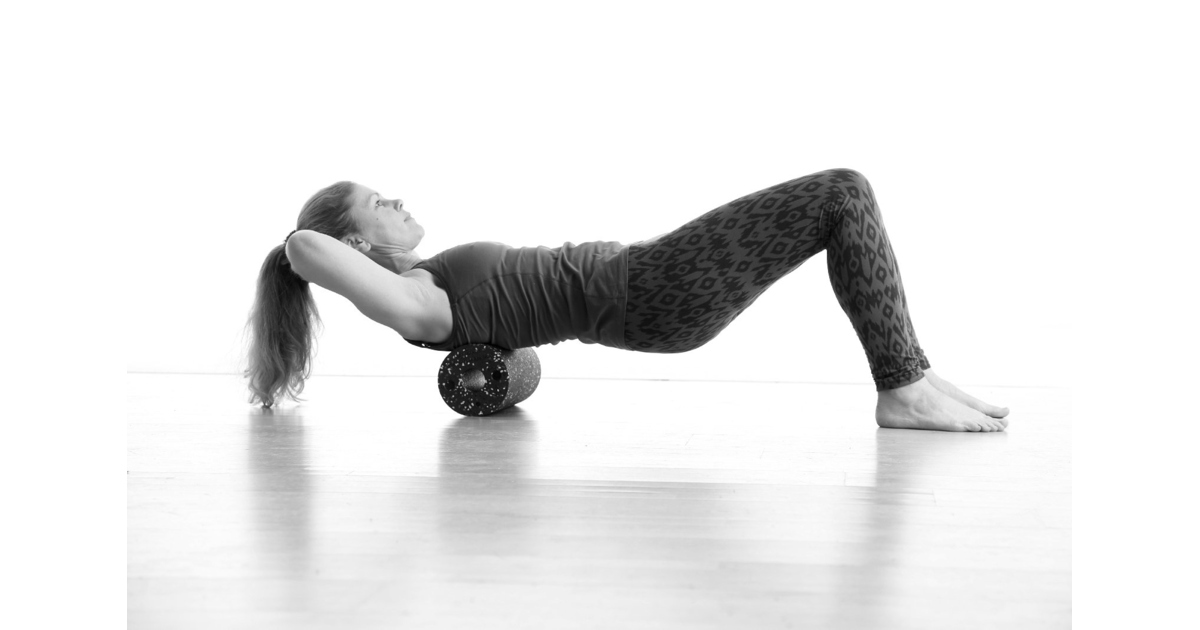Experts suggest that fascia training can potentially lead to a life with reduced pain. This approach focuses on enhancing the health of the fascia, a connective tissue network that supports and shapes the body.
The fascia is crucial for proprioception, aiding in coordination due to its rich nerve innervation.
Advocates of fascia training claim that giving this tissue proper attention can result in improved overall health, reduced pain, and enhanced mobility. Neglecting fascia, on the other hand, may lead to various issues, including shortening, stiffening, and adhesions caused by repetitive movements or prolonged inactivity.
Fascia training primarily involves loosening tight and knotted fascia, commonly achieved through fascial release techniques like massage, foam rolling, or the use of balls. These methods can alleviate stiffness, reduce adhesions, and promote lymphatic fluid movement.
Additionally, plyometric movements like skipping, hopping, and burpees are recommended to maintain a youthful and agile body by enhancing the fascia’s elastic recoil capacity.
Evidence from studies, such as one conducted in December 2014, suggests that hopping training can improve the performance of physically active older individuals. Experts emphasize the importance of incorporating these practices into adult routines for better fascial health.
Fascia training aims to enhance the health and flexibility of the body’s fascia, the connective tissue supporting muscles, organs, and more. Here’s a concise guide:
- Consultation: Prior to commencing any new fitness regimen, consult a healthcare professional or certified trainer, especially if you have underlying health issues.
- Warm-Up: Start with a brief warm-up, incorporating light cardio and dynamic stretches.
- Fascial Release Techniques: Use tools like foam rollers, massage sticks, or lacrosse balls to target tight areas. Roll slowly, pausing on tight spots for 20-30 seconds.
- Stretching: Perform static stretches, focusing on holding each stretch for 15-30 seconds in tight areas.
- Plyometrics: Include skipping, hopping, jumping, or burpees to boost fascial elasticity. Begin with lower intensity and progress gradually.
- Hydration and Nutrition: Stay hydrated and consume collagen-boosting nutrients like vitamin C and amino acids.
- Rest and Recovery: Allow for rest days and prioritize sleep for tissue repair.
- Consistency: Make fascia training a regular part of your fitness routine.
- Listen to Your Body: Adjust routines if you experience discomfort.
- Progressive Overload: Gradually increase intensity.
Monitor progress to gauge effectiveness. Integrate fascia training into a well-rounded fitness plan that includes strength, cardio, and flexibility work, tailored to your goals.








Leave a Reply
You must be logged in to post a comment.